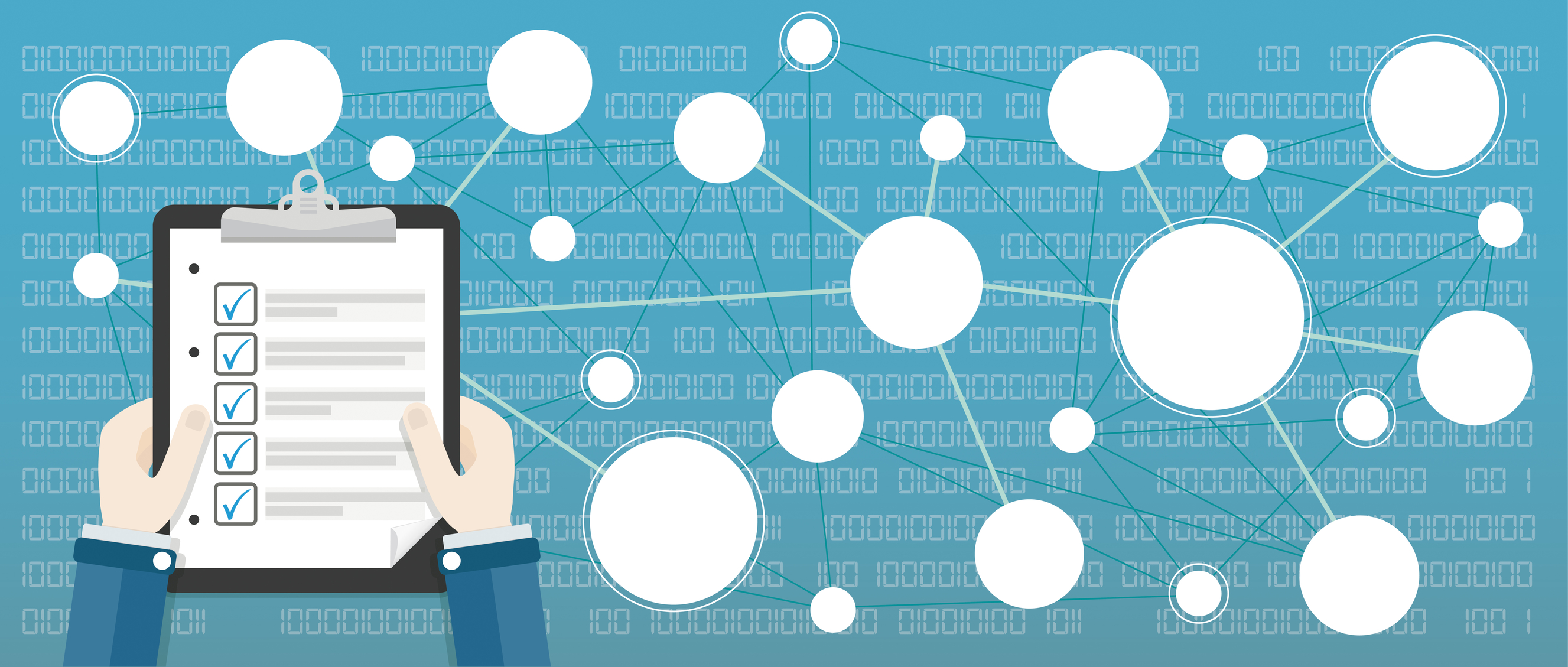
Global spending on IoT is expected to reach $745 billion in 2019, proving that all sectors are investing in IoT technology. The industries leading the way in this spend are probably no surprise—manufacturing, transportation, utilities, and the consumer sector.
As organizations design and deploy IoT applications and systems, many end up working with outside experts. A recent survey discovered that last year 43 percent of companies worked with a strategic partner to implement their IoT solution, and 40 percent have a partner manage the solution all together. These numbers are up slightly from the previous year, pointing to the complexity involved in designing an IoT system that is successful—one that has a valuable purpose and delivers on what it is meant to do.
We have worked closely with many companies over the years, assisting in the design and deployment of IoT systems across many industries. While one of the biggest constants in the world of tech is change, we have found the basic steps one needs to follow for successful IoT design tend to remain the same. We have outlined them below to provide a high-level overview of the most essential items to consider and carry out in any IoT application or system project.
Step 1: Identify what you are measuring and the ROI
The first thing you need to do is decide what you want to measure with your IoT system and why. Is there a process you want to capture or an event in the field (such as equipment maintenance)? The “why” boils down to ROI. What is the expected return on investment from this IoT system and capturing these measurements?
Step 2: Evaluate what you are doing today
An Internet of Things system is often not created for a new process. More often, it is replacing an existing process that is slow, inefficient, or error-prone. Review the current process and why it isn’t working. Identify if there is additional (new) information that could be gathered with an IoT system and what value that might add to the organization. This added value should be factored into the ROI.
Step 3: Consult with a skilled individual or team to identify options
The goal is to create the IoT system in the most reasonable and cost-effective manner. If you engage with IoT consulting experts early on, they can help you identify if you need a custom solution or if there is an off-the-shelf system you can use or perhaps repurpose. A skilled IoT consultant can interface with your local domain experts to understand how your data impacts your ROI and determine the best way to collect, store, and analyze that data.
Step 4: Choose the best sensors
You need IoT sensors to capture whatever you are measuring, and there is a plethora of options available. Using the right ones for your project is critical for success. The right sensor may already exist, or you may need to construct them. You may also find the right sensor is available, but they are too expensive or cannot withstand the harsh environment of your IoT system. The decision to build or buy is an important one, so seek expert advice if your team is unsure.
Step 5: Evaluate the communications infrastructure available
How will you get the data you capture from the IoT sensors to where you will store and analyze it? Does the environment have a network in place? Is power available? It is also important to consider how much data you will send, as large amounts can be both cost- and power-prohibitive. The answers to these questions will lead you to choose the right communications infrastructure for your IoT system. Options include wireless, cellular, Bluetooth, WiFi, low-power wireless, and satellite. Also be aware that building processing power at the node level—out on the “edge” of the network—can minimize the amount of data you are sending out to the cloud. The more the amount of data needs to be reduced before sending, the more local the processing power should be.
Step 6: Decide what you will do with the data
Where will the data be stored, how much of it will be stored, and what will you do with it? This is where the cloud comes into play. There are a number of off-the-shelf analytics packages available that may meet your needs, or you may need a custom or hybrid solution to get the data analysis and aggregation required for your project.
Step 7: Don’t forget security
Even though we are just mentioning security now, this is an item that should be a top priority from step 1 and throughout the life of the IoT system. In order to build a secure IoT system, you need to address security at all phases of design and deployment, including sensors, the communication infrastructure, and the cloud. Data must be secure both at rest and in transit. We cannot overemphasize how important security is to success.
Step 8: Prototype
You are now ready to build a prototype. This should be a smaller version of your IoT system, but it should include the entire design from start to finish. Build and run this trial system while the system you are replacing continues to run. Compare the results from each to determine if you’re getting an ROI.
Step 9: Refine or scale the system
If you are getting an ROI, you’re ready to scale the system to the enterprise level. If you’re not, you most likely need to go back and re-evaluate what you’re measuring. Have you selected the right parameters? Are you using the right sensors and communications infrastructure? Adjust as needed and repeat the prototype process until you get it right.
Step 10: Maintain the system
An IoT system requires maintenance. Security always needs to be monitored. Updates will be required. Sensors may need replacing or upgrading as new technologies become available.
Step 11: Evolve
If your system is successful, chances are other groups within your organization will ask if there are other things the system can do. This is an opportunity to increase the ROI and the value the system adds to your business. View this as a sure sign of success.
Designing an IoT system requires careful planning and experience. Whether you follow these steps on your own or work with a team of outside experts, the 11 steps outlined here can steer you towards a successful IoT system that delivers a strong ROI to your business and improves upon the current processes you have in place. Contact us today for more information on our best practices approach and skilled guidance for your next IoT project.

